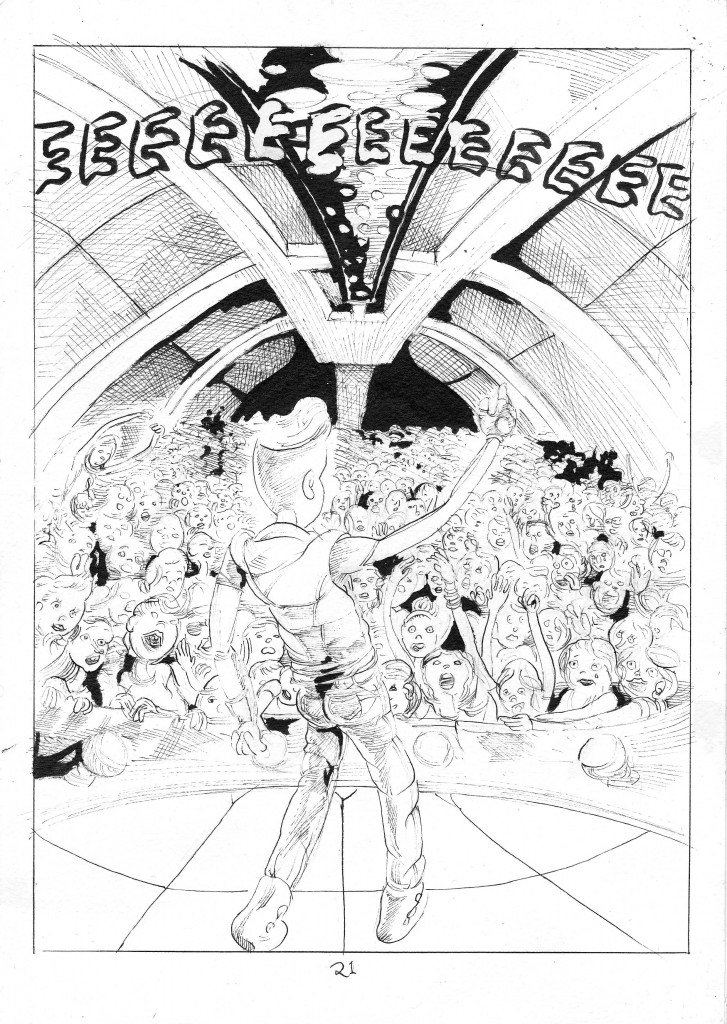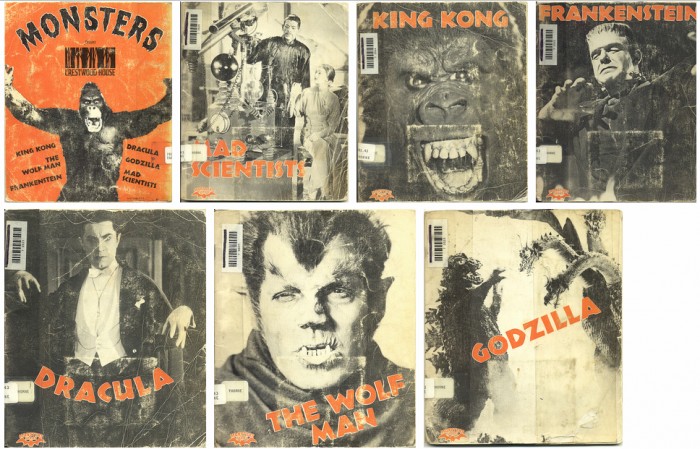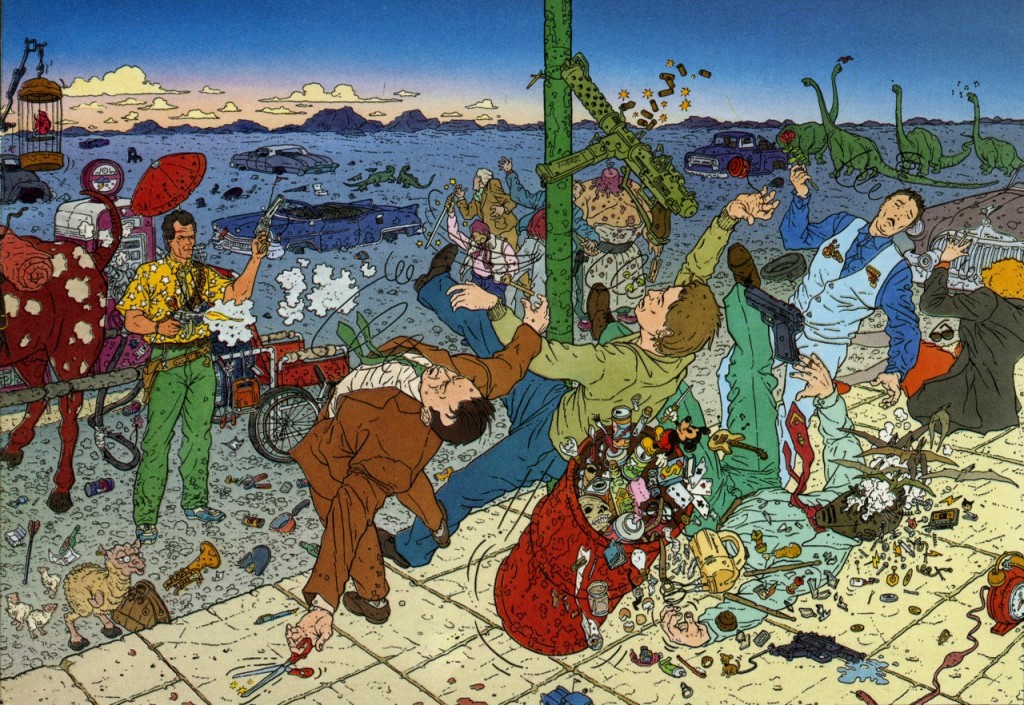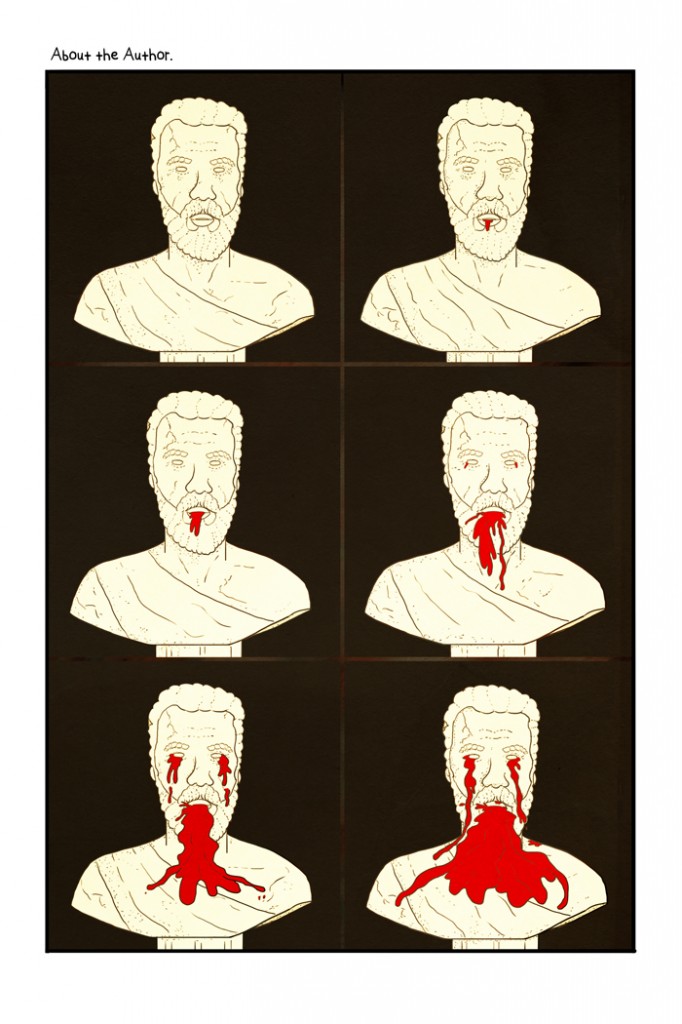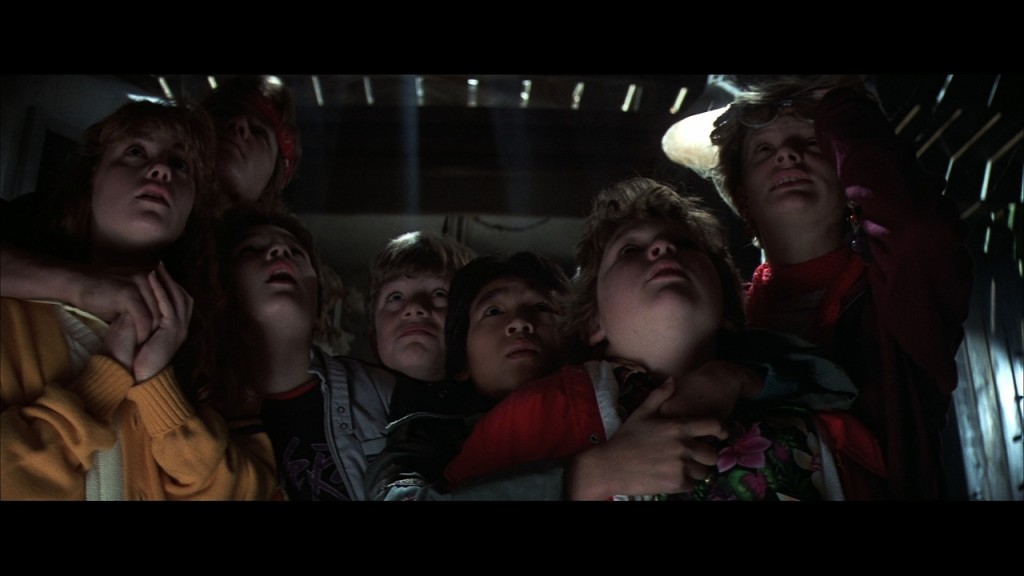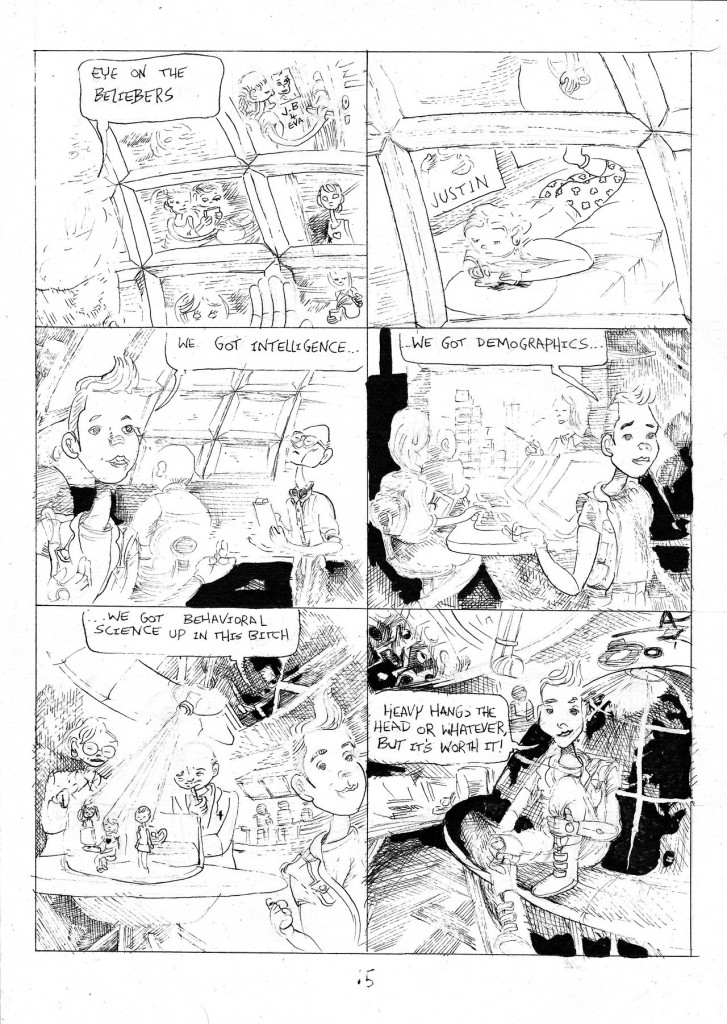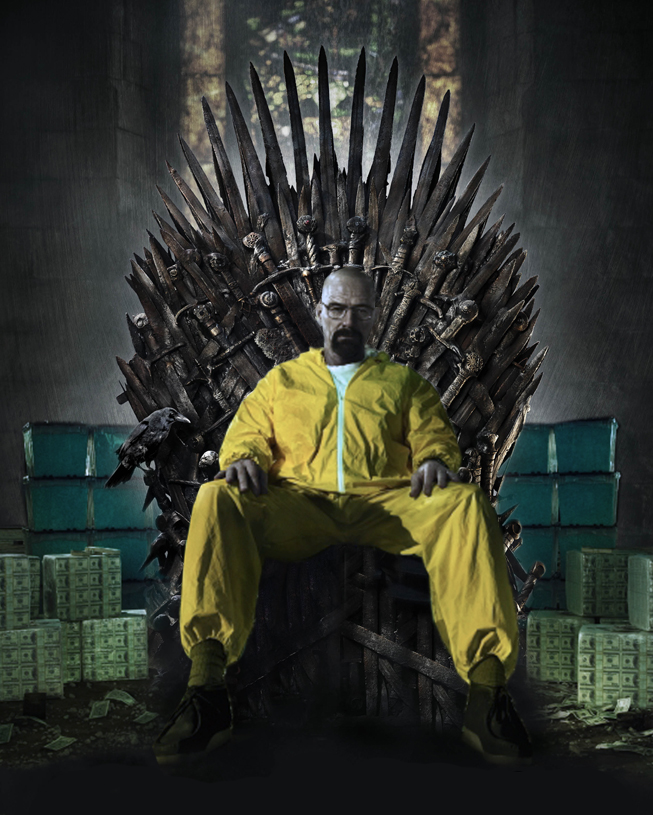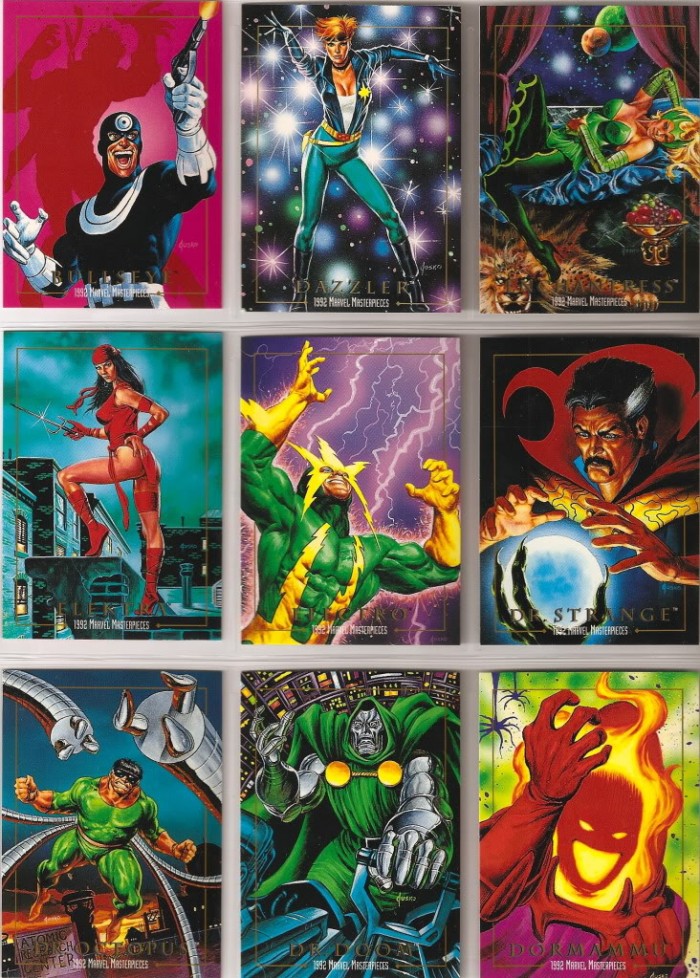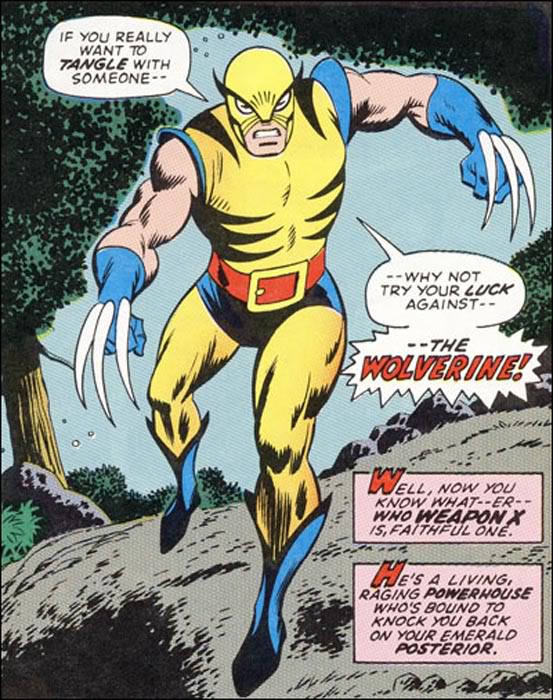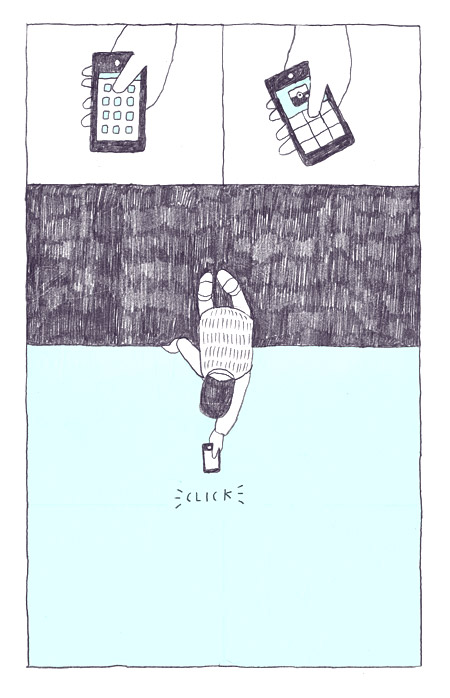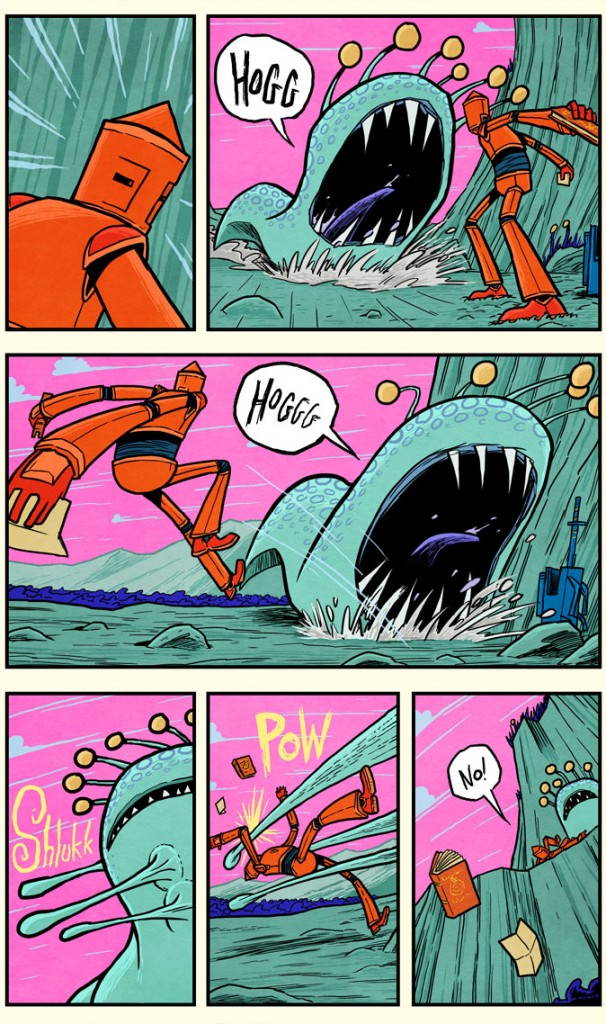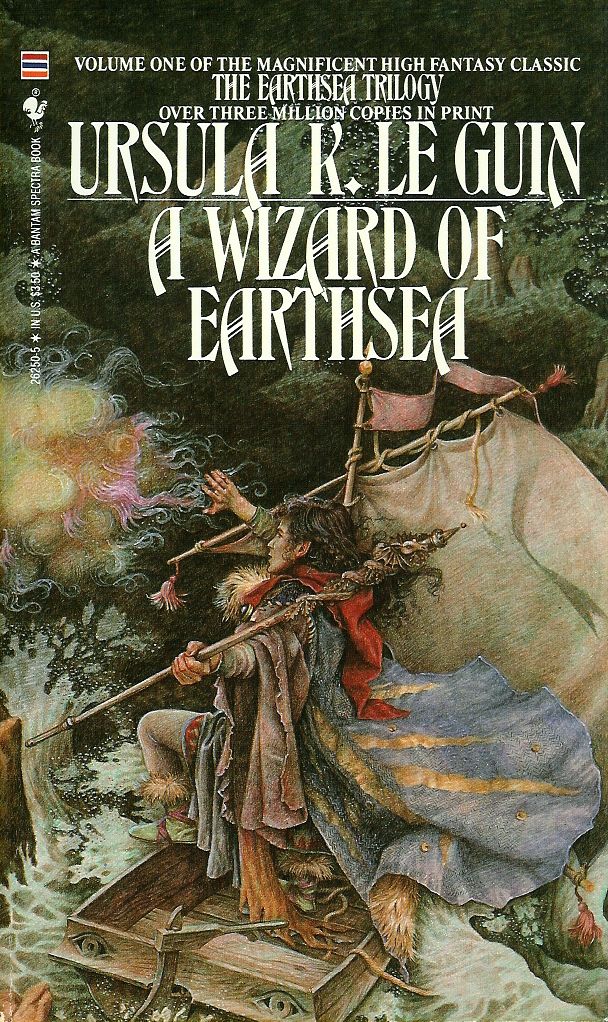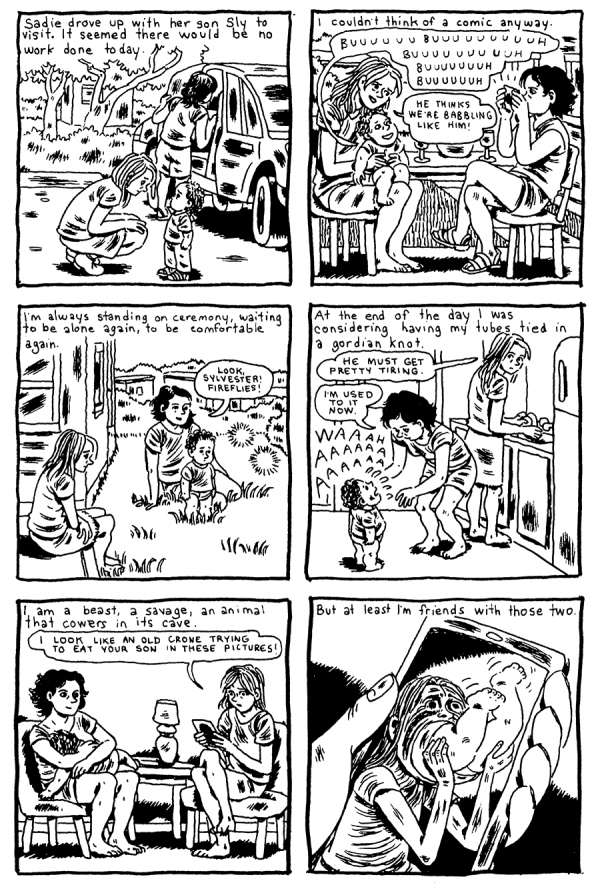NEW YORK SOUR
* Before I say anything else, please go read Ryan Leas’s piece on Boardwalk Empire for Salon, by far the best writing on this show I’ve ever seen. Alone out of the professional critics I’ve seen tackle this show, most of whom appear to be imagining themselves at a cool kids’ table with David Chase and Matthew Weiner, gleefully refusing Terence Winter a seat, Leas gets what the violence and spectacle of this show are, what they mean. It’s not the show trying and failing to to have taste.
* Anyways:
* Aw, that poor gas-station guy from No Country for Old Men. All he does is get menaced during monetary transactions with professional killers.
* Richard Harrow emerges silently, retreats into the darkness.
* Dunn Purnsley! He’s a main character now? Or is he just the germinative incident for the Chalky White storyline? Either way, I am so deeply glad to see Erik LaRay Harvey get more screentime, in a season premiere no less. That is a very odd, very magnetic performance, made more so by the beaten-in eye socket make-up.
* Hey, Nucky’s German factotum (thanks, Cicero Daily Tribune!) survived! This is just the first of the Season Three finale cliffhangers resolved in fairly short order this episode: Rothstein’s not in prison from Nucky’s frame-up using the treasury secretary’s distillery; Masseria’s willing to meet and forget the massacre of his men post-truce; even Rosetti’s right-hand man is allowed to come back to A.C. for the meeting.
* I’ll never not be enough of a mafia nerd not to be thrilled any time I’m watching a scene in which Joe Masseria, Lucky Luciano, Arnold Rothstein, and Meyer Lansky are characters.
* I sure would like it if there’s a Lucky/Meyer break-up-to-make-up storyline this season. That’s this show’s great undying romance, after all, if history is any indication. (Spoiler alert for non-mafia nerds?)
* “All of man’s troubles come from his inability to sit quietly in a room by himself.” I think this might be true! Out of the mouth of Rothstein, man. (Hat tip to Jim Henley for reminding me of the genius of “Flip a coin. When it’s in the air, you’ll know what side you’re hoping for.”)
* Michael Stuhlbarg’s Rothstein echoes Eddie Cantor in some way, doesn’t he? Pale pancake-makeup complexion, studied speech pattern — a performance by a performer who’s become his character. You can’t spell “vaudevillian” without V-I-L-L-I-A-N.
* Nuck at the window. Lots of conspicuous framing of Nucky overlooking things this episode.
* Leander is Gillian’s lawyer, lol.
* Hey, the Sigorskys are still around. That’s rad. I thought the saga of Jimmy’s little boy would be over, and that Richard’s girlfriend and her PTSD father would be gone with him. I hope there’s more thread to tug at there.
* Was Eli’s son hot last season too, or is this new?
* Mickey Doyle is back on my television. Truly this is the most wonderful time of the year.
* How soon did you see Agent Knox coming? Something was up with the guy, that was clear when he took that lingering look at the payoff money changing hands, but it took me until his next scene to realize what he was.
* Fuck “cellar door” — “Cicero, Illinois” makes my heart sing like no other two-word English phrase.
* Hey, it’s Herc from The Wire!
* “He gets my fuckin’ name wrong??”
* Actual note written down: “YESSSSS Eddie Cantor!” NERD
* Nuck loves the showgirls, huh. What’s up with that? I mean, I guess obviously they’re reliably attractive and relatively liberated. But are we to read into their nature as performers, entertainers, actors, dissemblers-for-hire?
* Gillian Darmody is, indeed, “quite the scene-painter.” Aaaaand she’s a junkie, and a whore. I’m still capable of feeling very, very bad for Gillian, the Cersei of New Jersey. As they made a very welcome effort to point out after that incredible Season Three climax’s smoke cleared, Nucky has an awful lot to answer for in terms of how she became what she is.
* The scenes with Richard on the hunt for…whatever he was on the hunt for regarding the insurance company were great, but as I guess is clear from this sentence I have no idea what that was. Maybe we’re not supposed to know. The episode is structured to make it look like he was trying to find his sister, but that doesn’t exactly square with, you know, killing his way there. Separate missions?
* Don’t stop fighting for the cherry and the white, college boy. I don’t think things will go well for you otherwise.
* Los Bros Capone
* “Yes, boss.” Christ. Nauseating scene, amazingly good at making the viewer feel Dunn’s helplessness, loathing, and rage. I knew exactly what he’d be getting himself into and didn’t care. I just wanted to see him stab that guy to death, in that moment. You want a show that addresses race, critics who cover the Mad Men beat? Good god. Ran right at the most noxious shibboleths of anti-black racism with a broken bottle. Right at the end of the sexiest scene in the show’s history, too, I think. Wow.
* Right, so, this next scene was where it became clear that our new agent setting the old agent up.
* Back to Dunn, now with Chalky and Nucky and Eli. I like how unwilling he is to own up to wrongdoing. He was being raped.
* The steel blue gray of that burial scene. Wow.
* Ron Livingston, I presume?
* It’s just a split second, but I loved the beat where Gillian realizes he’s not in it for the prostitution. Gretchen Mol is usually as heightened as her Lady Macbeth archetype calls for, as are a lot of the performers on this show, but that was really subtle and really strong work.
* Roy Phillips. Piggly Wiggly. Big Business.
* Outrageous splendor of the shots of that Cicero Daily Tribune office, for no good reason.
* “I don’t want anyone else’s grief.” Aw Nuck. Good luck with that.
* Chalky front and center, at least so far.
* “Bring on the dancing girls.” The Onyx Girls in a post-Miley era. “Deliciously primative.”
* Agent Knox:Boardwalk Empire::Todd:Breaking Bad
* “Albatross Hotel. Transients welcome. Closed.”
* “Big hauls down here. Come and see. McCoy.”
* “Hello. I’ve come home.” Keep making Richard Harrow a myth, Boardwalk Empire.


